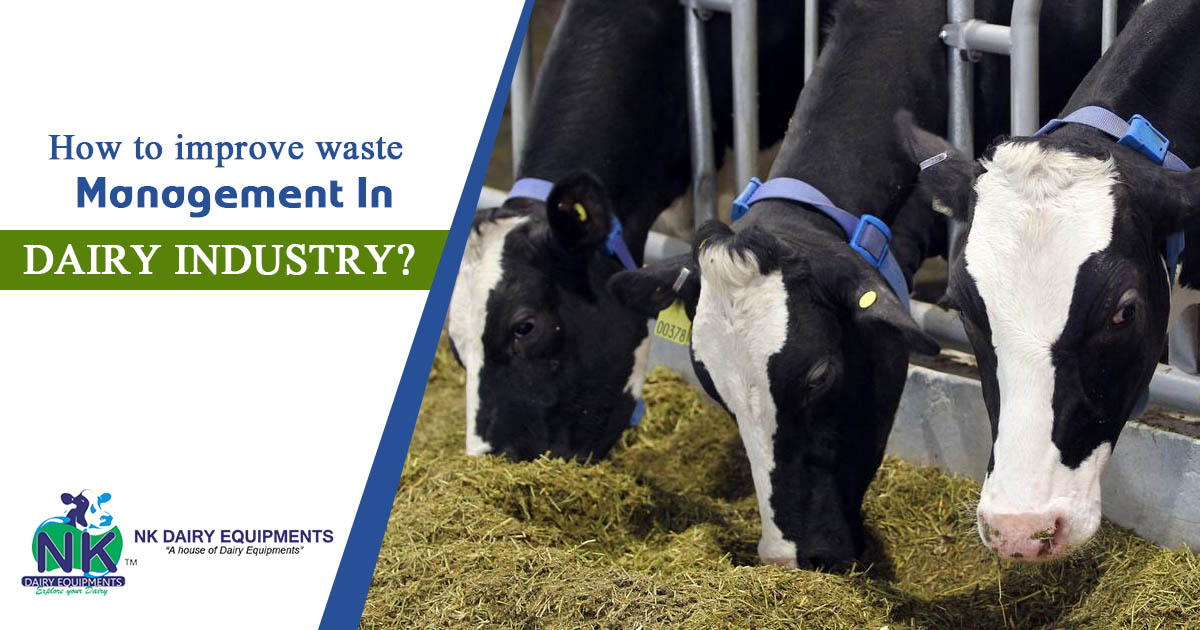All the food processing plants including the factories will produce the wastes in one way or another. During the finishing and washing method of various equipment, there are many anaerobic and aerobic bacteria. Read the given guide, to learn the tips to improve waste management in the dairy industry.
What is Waste Management?
Waste management is the transport, collection, disposal, processing, or recycling.
The dairy plants involve different machines and equipment.
Types of Wastes in food processing plants
- Forms
- Sources
- Value or their reuse potential
- Being avoidable or unavoidable
The dairy machines need to be cleaned on time so that the dust and dirt should not affect the other dairy products which are being made in the machinery.
Wastes are classified into different types
- Solid wastes
- Liquid wastes
- Oily wastes
- Gaseous wastes or water vapors.
How to minimize waste?
According to the Industrial Waste Management Policy, the premises need to be subjected so that waste management waste can be accepted while including the waste minimization. Every dairy plant owner should use the methods which help to reduce the waste which occurs due to different operations. For the waste minimization some of the steps which need to be included are:
- Reducing the use of water
- Recovery of product from first reuse
- Reuse of off-spec material
- Reducing the use of chemicals
- Recycling water and chemicals
- Recovering and reusing spilled products and raw material.
What is process control?
The product of amount will depend on operational factors and which designs are included:
- The use of different technological processes.
- Adequate process monitoring, and use of the plant and procedure alarms.
- Using automated functioning like clean-in-place (CIP) systems and procedures.
- The level of routine equipment maintenance.
- Management level and operator commitment, training & efficiency.
How to achieve waste reduction?
- Not overfilling cheese vats to stop curd loss.
- Sweeping up particles.
- Before rinsing, removal of whey and curds from vats
- Segregating all whey drained from cheese.
- Screening all liquid streams to collect fines.
The evaporators are operated so that the power reduction and waste reduction is possible with:
- Keeping the liquid level low to stop the product from getting boiling.
- To avoid the milk droplets from getting carry-over use the entrainment separators. This is done during the condensation of water getting evaporated.
- Until the required concentration is done, the low concentrated milk is rec-circulated.
- Use of wet scrubbers or fabric filters as it helps in minimizing air emissions.
- Before the scheduled shutdown, the rinsing needs to be done effectively which is around 7 percent and during the next run it should be evaporated and then the sewer needs to be discharged.
If you are planning to get the quality machinery for your dairy farm, then contact our team for detailed information.




